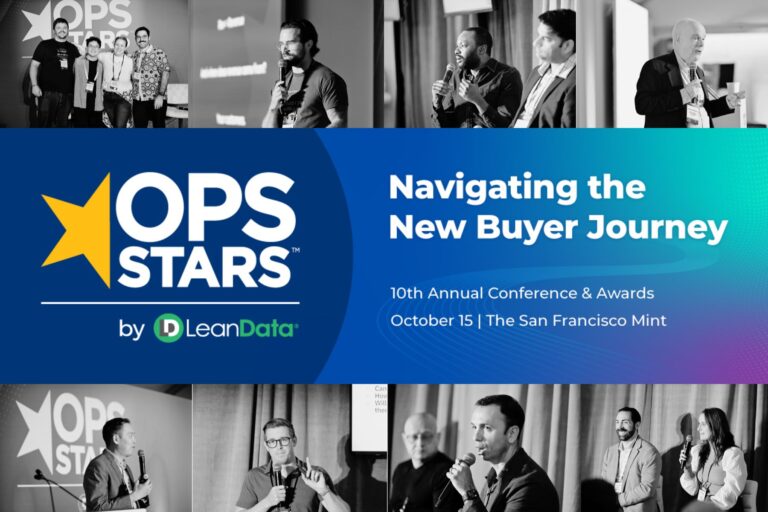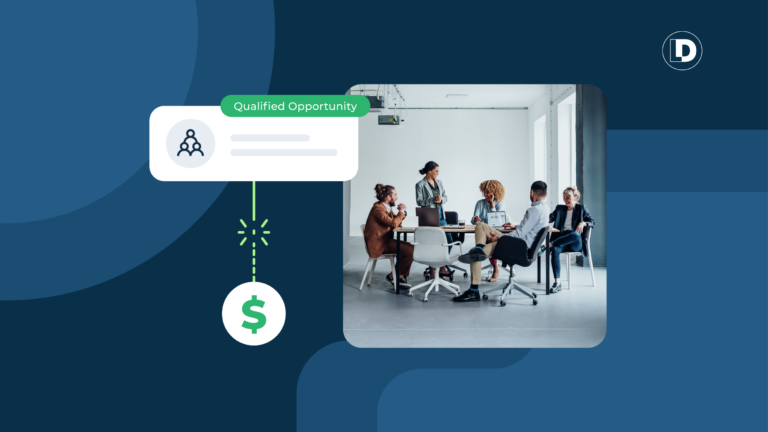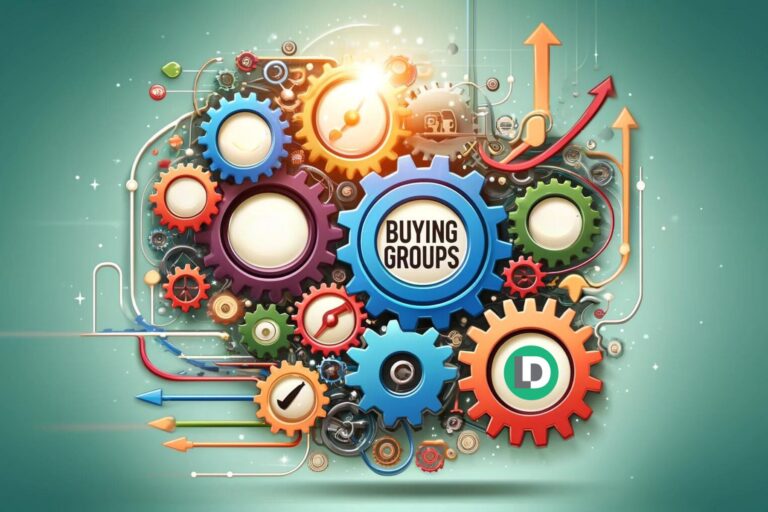In the dynamic world of B2B sales and marketing, understanding and adapting to the intricacies of buyer behavior is crucial for success. As businesses strive to align their strategies with the complex decision-making processes of their prospects, the concept of Buying Groups has emerged as a game-changer.
In a recent B2B Fusion podcast, LeanData CEO and Co-Founder Evan Liang, along with Jon Russo and Megan Heuer, explored the essentials of the new go-to-market (GTM) motion: Opportunity-Centric Buying Groups.
So whether you’re an enterprise grappling with long sales cycles or a growing company looking to refine your go-to-market strategy, understanding Buying Groups can significantly enhance your sales efficiency and revenue outcomes.
In this article, we’ll highlight the steps to transition from traditional MQL (Marketing Qualified Lead) measurement to an Opportunity-based approach, and the tools and processes needed for this transformation.
How to Define a Buying Group
A Buying Group in B2B sales is defined as a collection of individuals at a prospect company who are involved in making a purchase decision. This concept is not new to sales teams, who have always operated with this understanding.
The key is to align sales and marketing systems and processes around this group. In essence, a Buying Group consists of all the relevant stakeholders within a target account who contribute to the buying process.
See time stamp 3:45
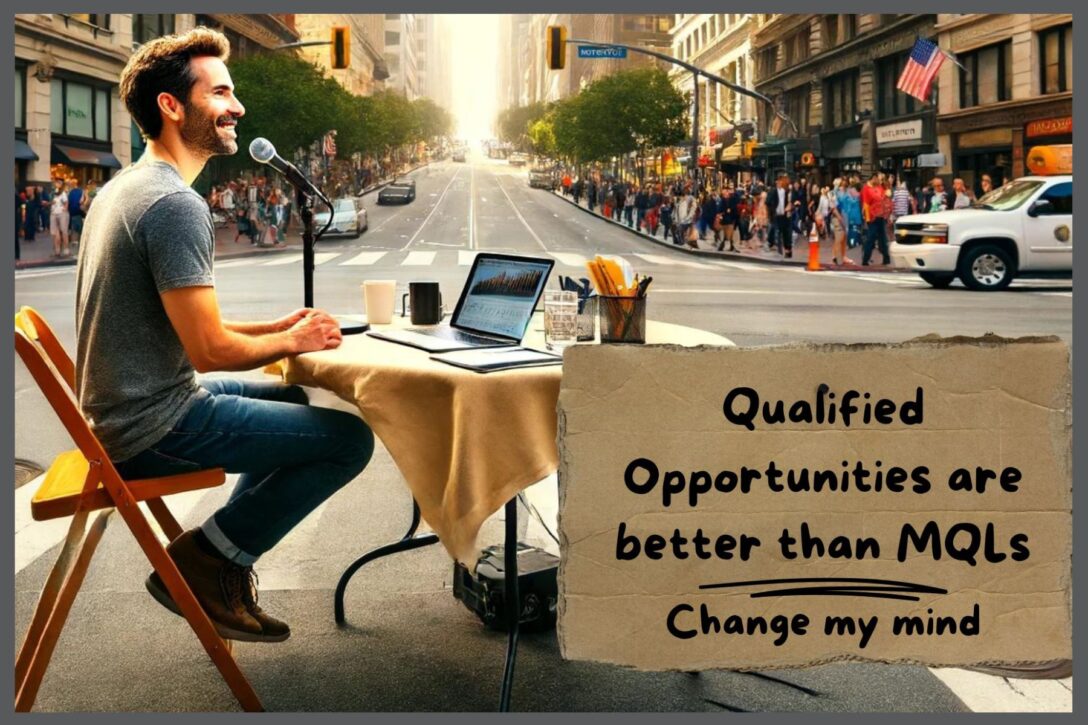
How to Convince the Board to Make the Change from MQL Measurement to an Opportunity-based Approach
To convince your board and C-suite to shift from a marketing qualified lead (MQL) measurement to an Opportunity-Centric approach, Evan Liang suggests a gradual transition rather than a hard switch.
Here are the key steps:
#1 Dual Reporting
Start by reporting on both MQLs and Opportunities. This allows stakeholders to see the benefits of the new system without completely abandoning the old metrics they are familiar with.
#2 Direct Answers
Address direct questions from the board and stakeholders transparently. Attempting to avoid their questions can create distrust.
#3 Illustrate Benefits
Demonstrate how the Opportunity-based approach can provide a more accurate picture of the sales pipeline and revenue potential. Highlight how it aligns marketing efforts more closely with sales objectives and ultimately improves revenue generation.
See time stamp 7:11
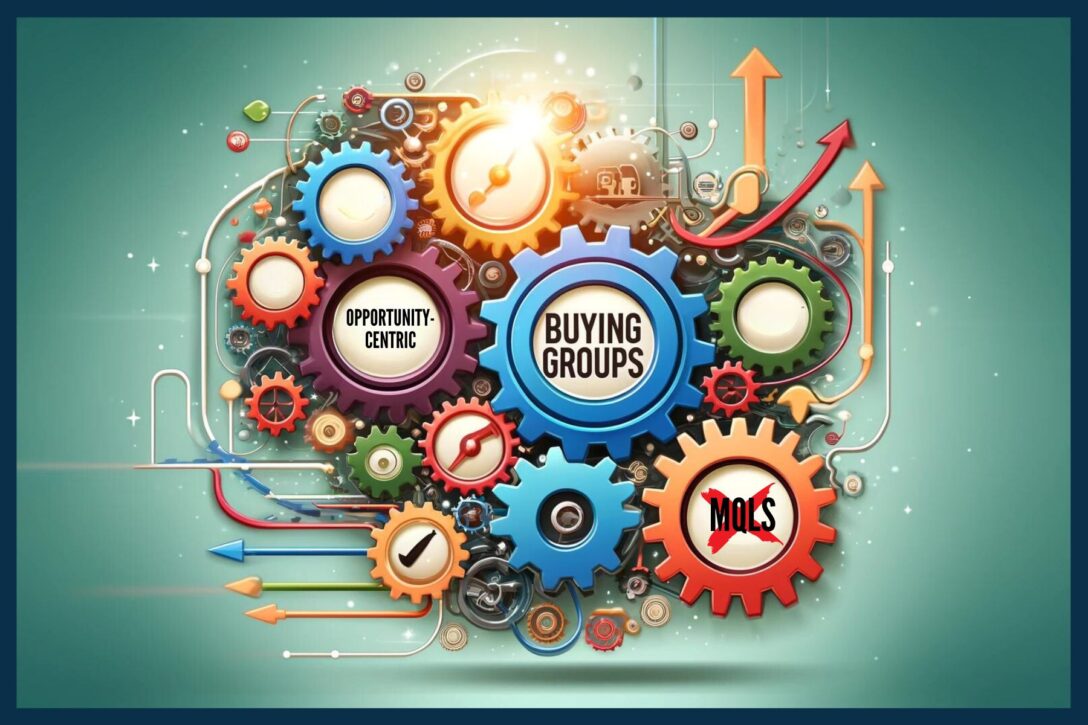
What Tools & Processes Do You Need & Who Is Involved in an Organization to Make the Transition?
To transition to an Opportunity-Centric Buying Groups approach, several tools and processes are required, involving key personnel from various departments.
Tools
- CRM Systems: A robust CRM like Salesforce, which supports the concept of Opportunity Contact roles.
- Automation Tools: Technology that automates Lead conversion, Contact creation, and Opportunity management. These tools help in automatically forming and managing Buying Groups without burdening sales reps.
- Enrichment Tools: Tools to ensure the accuracy and completeness of Contact data.
Processes
- Lead-to-Opportunity Automation: Processes to convert Leads to Contacts and assign them appropriate roles in Opportunities.
- Alignment of Sales and Marketing: Clear processes to ensure smooth handoffs and collaboration between sales and marketing teams.
- Opportunity Routing: Designing complex workflows for routing Opportunities based on various criteria like product line, geography, and market segment.
Involved Personnel
- Marketing Operations (MOps): Typically the champions of this transition, responsible for implementing and managing new processes and tools.
- Sales Operations (SalesOps): Work closely with MOps to ensure sales processes align with the new approach.
- Sales and Marketing Teams: Active participants in adapting to the new system and providing feedback for continuous improvement.
- IT and Data Management Teams: Support the integration and maintenance of necessary tools and ensure data quality.
See time stamp 9:09

At What Stage Does a Company Consider Focusing on Buying Groups?
A company should consider focusing on Buying Groups when they reach a certain level of go-to-market complexity. This is often influenced by several factors:
- Multiple Product Lines: Companies with multiple products that may appeal to different stakeholders within the same account.
- Higher ASP (Average Selling Price): When the selling price of products is higher, and the sales cycle is longer, involving more stakeholders.
- Complex Sales Cycles: If the sales process involves multiple touchpoints and decision-makers over an extended period.
In addition, enterprise companies often adopt an Opportunity-Centric Buying Group motion earlier due to their complex sales environments, but smaller and mid-sized companies with similar complexities can also benefit from this approach.
The shift to a Buying Group motion becomes more critical as companies move beyond simple transactional sales to more strategic, relationship-based selling.
See time stamp 14:20
What Distinguishes Companies That Succeed From Those That Experience False Starts?
Companies who have been successful with a Buying Group motion set themselves apart with these five characteristics:
- Securing executive buy-in
- Aligning sales and marketing efforts
- Starting with smaller pilots
- Showing metrics for ongoing support
- Addressing challenges iteratively
See time stamp 17:25
What are the Mistakes to Avoid When Transitioning From Leads to an Opportunity-Centric Approach?
To avoid pitfalls in transitioning from Leads to an Opportunity-Centric approach, companies should not wait for perfect data. In addition, they should avoid being paralyzed by the need for a flawless plan.
In addition, it’s important to involve key stakeholders early. There should be a common understanding that involving more people (aka the Buying Group) will speed up the deal cycle.
See time stamp 20:26

What Metrics Will Measure if the Transition to Buying Groups is Effective?
To determine if the transition to an Opportunity-Centric GTM motion is successful, consider the following metrics:
- Compare the close rates of different Buying Groups
- Analyze engagement and success rates
- Track the impact of adding new members to the Buying Group
- Map the buying process stages
See time stamp 22:20
How Does a Buying Group Motion Change Across Different Sides of the Funnel?
Buying Groups behave differently in acquisition and upsell/cross-sell phases. Acquisition focuses on new business metrics and lead conversion. In contrast, upsell/cross-sell activities involve complex data analysis, multi-threading strategies, and post-sale expansion efforts, with a shift towards holistic customer lifecycle management.
Transitioning from traditional Lead-focused approaches to an Opportunity-centric Buying Group strategy requires proactive measures, such as starting small, involving key stakeholders early, and leveraging data-driven insights for continuous improvement.
By understanding buyer behavior across acquisition and upsell/cross-sell phases and utilizing effective metrics, companies can navigate this transition effectively, drive revenue growth, and ensure long-term success in a competitive market.
See time stamp 25:18
Interested in Buying Groups?
Visit the LeanData Buying Groups Resource Center.
Learn about TechTarget’s pilot program for Buying Groups.
Join the Buying Group Leaders LinkedIn Group.






